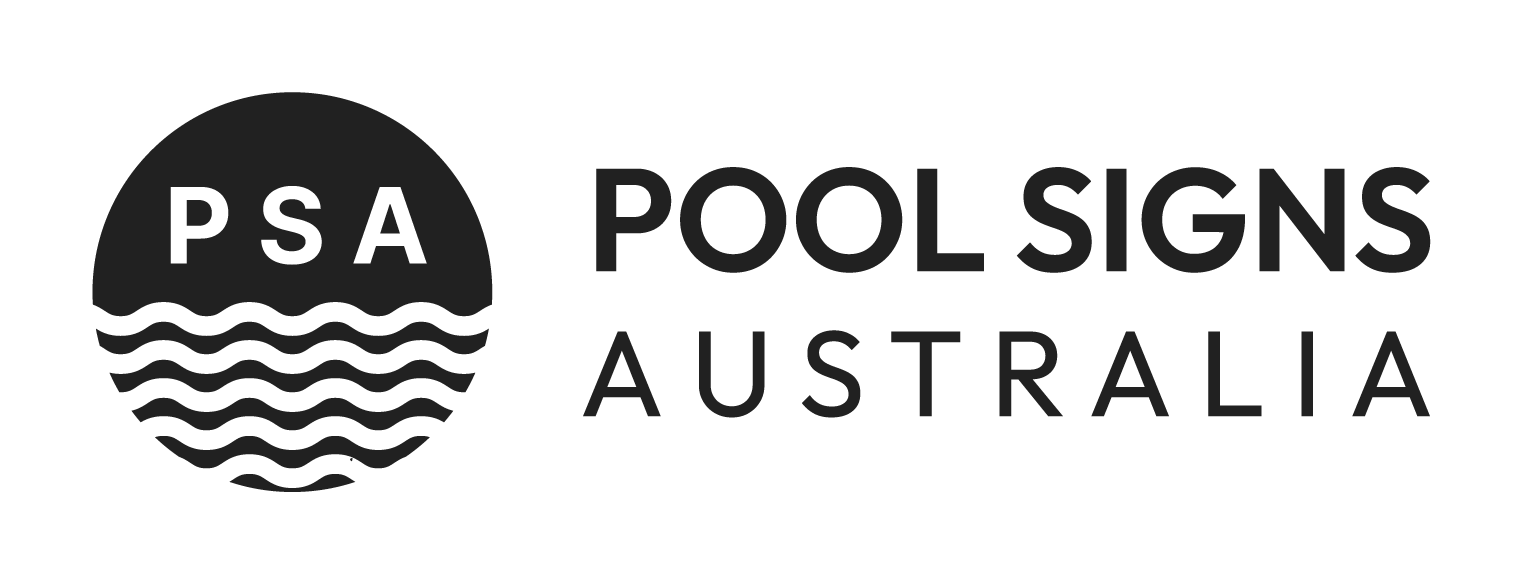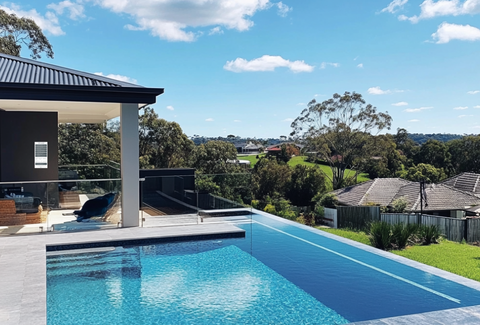Proper pool signage isn’t just about ticking a box—it’s an essential part of maintaining a safe swimming environment. In Australia, pool regulations can vary from state to state, but one thing is consistent: signs save lives. From CPR instructions to clear safety warnings, the right signage can help prevent accidents and even save someone’s life. Below are five common mistakes Australian pool owners make when it comes to pool sign compliance, along with tips on how to avoid them.
1. Failing to Display the Correct CPR Sign
The Mistake: Some pool owners assume any CPR chart or basic first aid sign is acceptable. However, Australian states typically require a specific, up-to-date CPR sign that aligns with the latest resuscitation guidelines.
How to Avoid It:
- Check Local Requirements: The precise requirements can differ by state (for instance, Queensland has very specific CPR signage standards).
- Look for Compliance Markers: Ensure the sign references the most current guidelines recommended by organisations such as the Australian Resuscitation Council (ARC).
- Replace Outdated Signs: If your sign is faded or references older guidelines, it’s time for a new one.
2. Placing Signs in Hard-to-See Areas
The Mistake: Even if you have the correct signage, it won’t help if people can’t see it. Pool owners sometimes place signs behind plants, in corners, or at a height that isn’t easily visible.
How to Avoid It:
- Follow Visibility Rules: Each state and territory may have guidelines on the minimum height and location for pool signs. Always install them where they can be easily read—typically near the main entrance to the pool area or on the pool fence.
- Ensure Good Lighting: If your pool is used at night, make sure there’s adequate lighting to keep signs visible at all hours.
3. Using Signs That Don’t Withstand the Elements
The Mistake: The harsh Australian climate—intense sun, heat, humidity, or coastal salt air—can quickly wear down signs. Faded text and cracked images defeat the purpose of having a sign in the first place.
How to Avoid It:
- Opt for UV-Resistant Materials: Look for signs that specifically mention UV protection. These are designed to last longer under the Aussie sun.
- Regularly Inspect and Replace: Check your signage every few months. If the text starts to fade or peel, replace it immediately to maintain compliance and clarity.
4. Overlooking Updates to Regulations
The Mistake: Regulations aren’t static. Australian pool safety rules can change over time, whether due to new research or updated government standards. Ignoring these changes can leave you with non-compliant signage.
How to Avoid It:
- Stay Informed: Keep an eye on local council websites and state government resources for any announcements regarding pool safety.
- Set Reminders: Schedule annual or bi-annual checks to confirm your signs (and fencing) meet current requirements.
- Seek Professional Advice: When in doubt, consult a pool safety inspector or a professional signage provider familiar with your state’s regulations.
5. Forgetting Additional Safety Signage
The Mistake: Many pool owners assume CPR signage alone is enough. However, depending on your pool’s usage and design, you may need additional signs—such as “No Diving” notices, warnings about shallow water, or instructions for spa use.
How to Avoid It:
- Conduct a Risk Assessment: Consider who uses your pool (children, inexperienced swimmers, etc.) and what potential hazards exist.
- Check Council Requirements: Some local councils mandate extra warnings, especially if your pool has unique features like a deep end or a spa.
- Combine Clarity and Compliance: Use clear, concise language and symbols so everyone understands the risks, even if they’re new to your pool.
Ensuring your pool signs are compliant and visible isn’t just a legal requirement—it’s a moral responsibility to keep swimmers safe. By staying informed, choosing durable and up-to-date signs, and placing them where everyone can see, you’ll create a safer, more enjoyable pool area for all.
If you’re unsure about the specific rules in your state, always consult your local council or a certified pool inspector. It might take a little extra effort now, but the peace of mind and added safety are well worth it.




